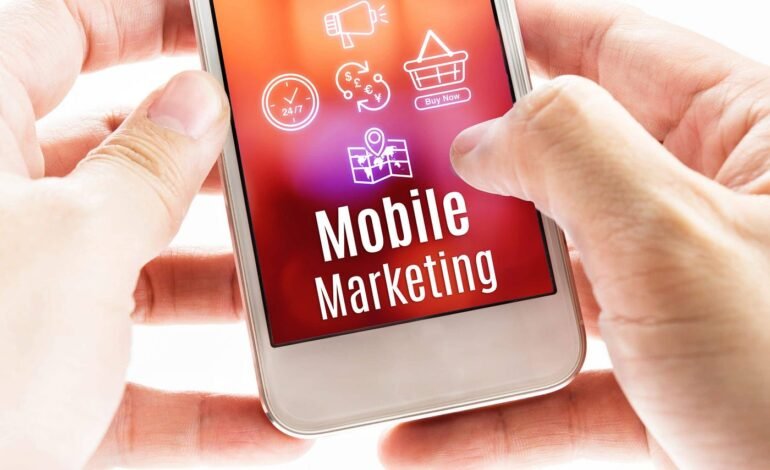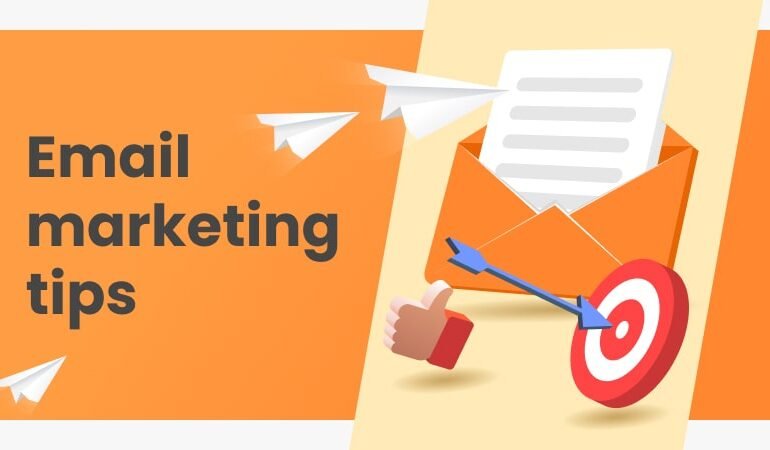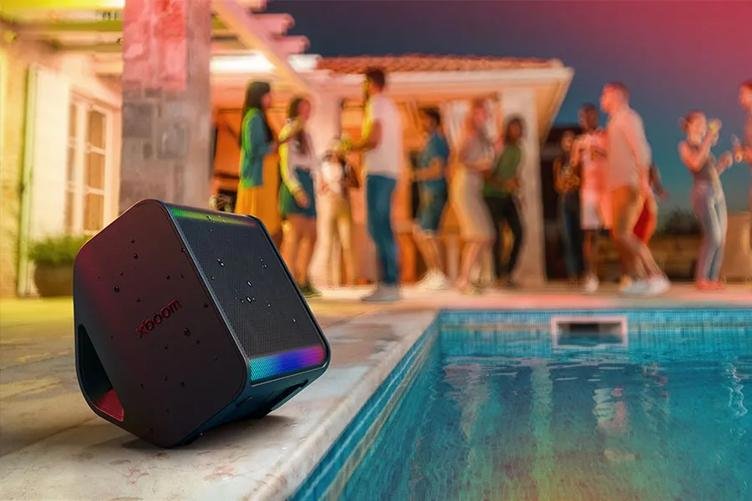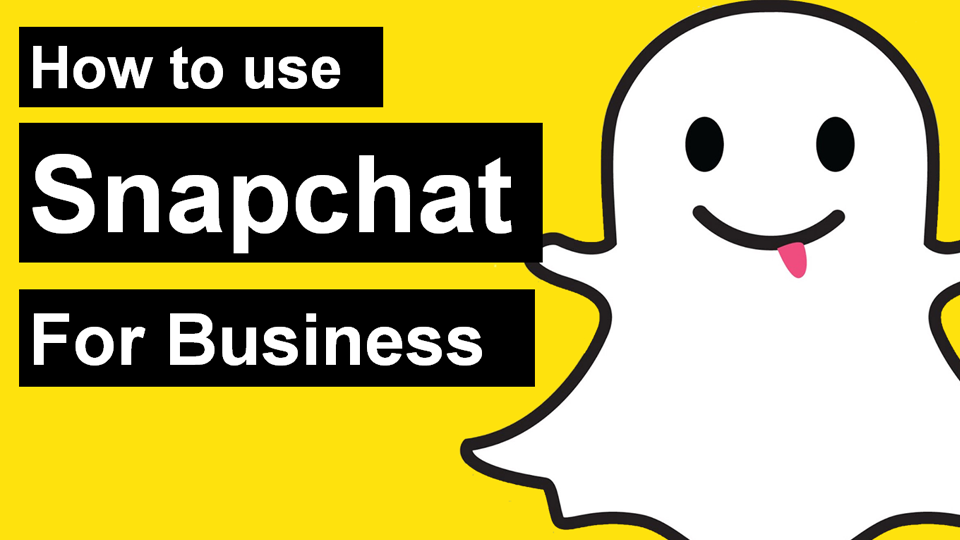The 3 Trends for the Future of Mobile Advertising

Intense was Mobile World Congress week, and I would say very productive for the companies and visitors who participated, as there are the most important mobile or mobile companies related to the mobile ecosystem. Many talks related to the sector were also held, and one of those that gave me the most interest was that of AppNexus about the future of mobile advertising. I was able to extrapolate from my experience very interesting conclusions and which go in the same line as what we perceive.
We can theorize and predict what will happen to advertising in 2020, although so many years have passed, it is difficult to know if it will be successful in predictions, but on the other hand, there are already trends that are being implemented, and it is seen that they will be a reality shortly in all global marketing strategies. Only a several are still being applied on a small scale and have yet to be popularized.
Transformations are not based on improving, but rethinking is a powerful phrase spoken by Malcolm Gladwell, a journalist, sociologist, and Canadian essayist. As in other areas, in mobile advertising, what works in the long run is not to stay in the comfort zone and improve to satiety what works for you, but to innovate and create new ways to reach the audience. You can start from something existing, but give it a turn of the nut to make it new and become a cool way to get to the target. This does not mean that what has worked for a long time should be ruled out every few years: I will set as an example email marketing or the display, but being creative has helped us get to native advertising, retargeting, or artificial intelligence applied to mobile advertising.
But what’s to come in the mobile environment? I sum it up in three concepts: Schedulable Marketing 3.0, App Mobility, and Mobile Header Bidding.
Programmable Marketing 3.0
1. Where do we come from?
Between 2005-2009, we were in a permanent training state in the digital advertising environment. We had to incorporate the emerging benefits of technology in marketing every day, know how to apply Data to strategy, and test & understand.
The next 5 years, from 2010 to 2015, came the era 2.0: rapid climbing, enthusiasm, and investment, repetition, testing the different devices on the market, and ATPG Automatic Test Pattern Generation, which is a technological method of automation that helps test the bowels of the devices properly.
And of course, we reached version 3.0 of Programmable Marketing and found that reality can be synthesized at the moment in 3 key points:
- Advanced application and analysis of Big Data
- Open system versus closed system
- Transparency and control
2. What is the current reality of the hearings?
What we no longer question is that the smartphone is the king device; only in Spain, 72% of the population has a smartphone, in the United Kingdom, 68% and in the United States, 57% of people. These people take their mobiles at all hours and are likely to be impacted by ads at any time, although it is best to focus on the so-called Micro Moments. So-called by Google, and look at what time of day they can be given:
- While watching TV, there is a high interaction with mobile devices, to distract or to interact with the TV content.
- While you’re leaving by train/foot to go and get back from work.
- In the brief moments we disconnect from the task we are doing to review social media.
- To send or read messages. We live in the age of mobile messaging apps.
3. What factors do we have to take into account in designing the strategy?
Technological advances change marketing actions every 5 years and how they are implemented to the consumer. At this time, it is essential to take into account:
- Mobile add-ons
- The Big Data
- Mobile advertising formats and responsive designs
- Mobile coverage
4. Programmable Marketing.
From here on, the Programmable Marketing must be put into action, taking into account all these factors of audience and technology. With this way of marketing, any advertiser can apply their intelligence to compete when increasingly complex scenarios. Thanks to algorithms and intelligence, we can manage to increase the complexity of campaigns without increasing the workload for people. For example, programmable marketing is capable of linking different parameters: user, product, inventory, geolocation, time, and creating different ads and segmentations of the audience, allowing an impact of thousands of ads at once on the network.
5. Conclusions.
Synthesizing the information from the other points, we can conclude that:
- We have to use the information we have to differentiate ourselves.
- Bet on an open versus a closed system, as mobile strategies are currently in permanent change, adapting to the results provided by metrics.
- The future is programmable.
The Age of the Mobility App
We talked about the phone as a lone device in the middle of nowhere. As if all the advertising experiences lived in this technological support were not transferable to other devices. Advertisers devote efforts and money to actions only aimed at the smartphone experience, and the rest of the budget goes to the most classic internet, which we access through laptops and computers. But what if this wasn’t more like that? For a mobile experience to be mobile, it must follow us everywhere, through all the devices we use daily.
This means that the apps we have installed on your mobile should also be available on our tablet, laptop, computer, and smart TV. All connected devices are across the cloud, so we can access our information anywhere. Thus, advertisers and marketers could create powerful advertising experiences 100% adapted to each user.
Consistent Appalances = Unique Advertising Experiences.
Following the device-to-device app experience, you can travel with the consumer. You will better understand the user’s behavior patterns, the best moments to launch your brand’s messages, and you will better identify each of the consumers.
The conclusions we can draw are that:
- Mobile is no longer just a telephone ecosystem but an ecosystem of apps.
- Identify your target using your information, third-party information (3rd party data), or the operating system itself.
- Everything will be available programmatically by giving advertisers the benefits of programmatic purchase.
- The era of mobile mobility arrives.
The header bidder applied to mobile.
Header Bidding is a technology specializing in programmatic advertising that allows publishers to be connected to several exchanges at the same time before making the call to the ad server. This new methodology, also called Pre-Bid, focuses on making several calls to multiple servers at the same time. On this call, a price is returned that will be the most optimal of all bidders willing to bid for that impression. When you already have a (real) price, you send the ad server to compare it with the definitive prices on the different lines created.
24% of domains are running with this system, and 47% of them have multiple bidders behind them. This is how to increase competitiveness and exact prices in real time.
This concept, at first glance, seems more applicable to websites designed for computers or laptops, but can be extrapolated to the mobile ecosystem through the apps.
I hope that this article on the future of mobile advertising and the new trends that are coming to you has found it useful and interesting. And don’t forget. For any questions that arise, I am at your disposal to resolve them.










